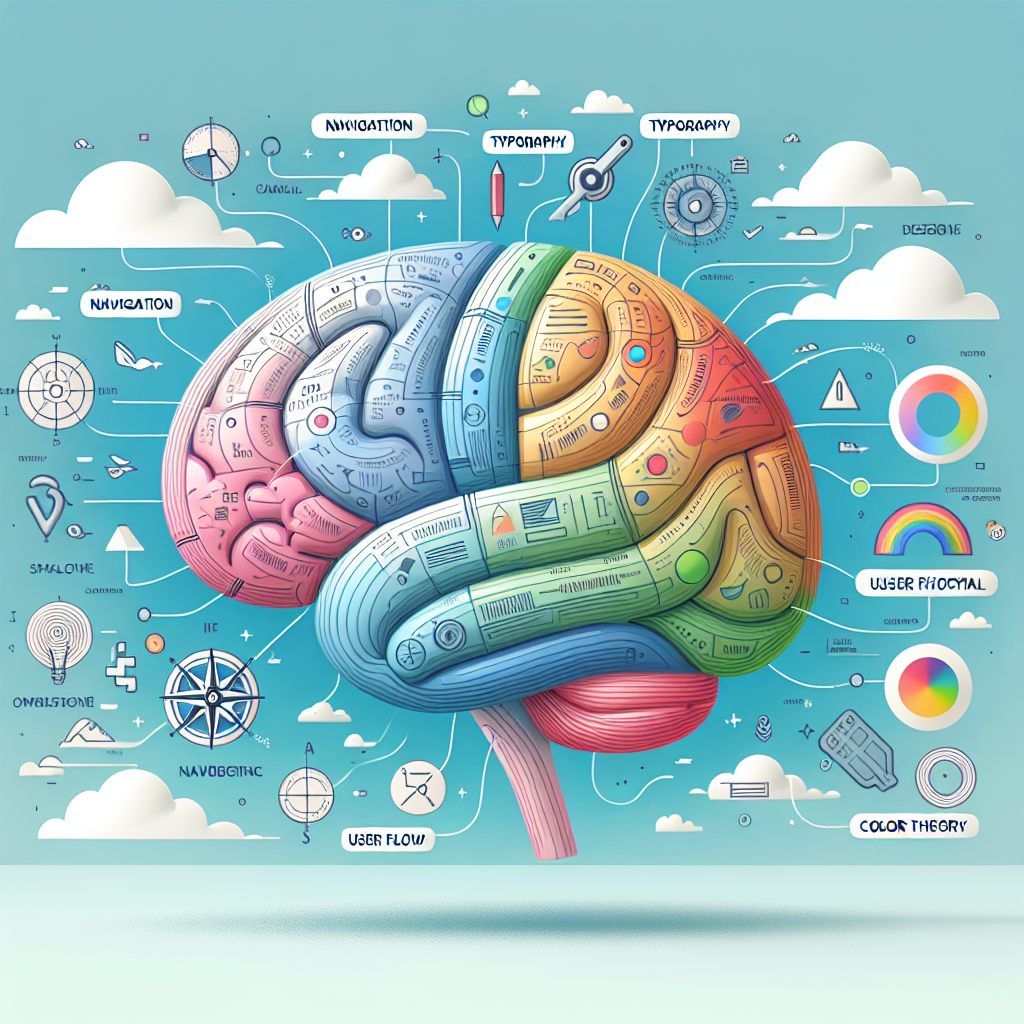Your cart is currently empty!
The Psychology Behind Effective Interface Design

In today’s digital age, interface design plays a crucial role in creating a positive user experience. From websites to mobile apps, effective interface design can make or break the success of a product. But what exactly makes an interface design effective? The answer lies in the psychology behind it.
Understanding how users think and behave is key to creating interfaces that are intuitive, engaging, and easy to use. By incorporating principles of psychology into the design process, designers can create interfaces that are not only visually appealing but also functional and user-friendly.
One of the key principles of psychology that designers should consider when creating interfaces is cognitive load. Cognitive load refers to the amount of mental effort required to complete a task. When designing interfaces, it’s important to minimize cognitive load by presenting information in a clear and organized manner.
For example, using visual hierarchy can help users quickly scan a page and find the most important information. By using different font sizes, colors, and spacing, designers can guide users’ attention to key elements on the page, making it easier for them to navigate and understand the content.
Another important psychological principle to consider in interface design is Hick’s Law, which states that the time it takes for a person to make a decision increases with the number of choices available. To prevent users from feeling overwhelmed by too many options, designers should strive to keep interfaces simple and streamlined.
This can be achieved by using a minimalist design approach, eliminating unnecessary elements, and focusing on the most important features. By reducing the number of choices users have to make, designers can help users make decisions more quickly and easily.
In addition to cognitive load and Hick’s Law, designers should also consider the principles of visual perception when creating interfaces. Gestalt principles, such as proximity, similarity, and closure, can help designers create visually cohesive and easy-to-understand interfaces.
For example, grouping related elements together and aligning them in a logical manner can help users quickly understand the relationships between different elements on a page. By leveraging these principles of visual perception, designers can create interfaces that are visually appealing and easy to navigate.
In conclusion, the psychology behind effective interface design is essential for creating interfaces that are intuitive, engaging, and user-friendly. By considering principles such as cognitive load, Hick’s Law, and visual perception, designers can create interfaces that not only look great but also provide a seamless user experience. By understanding how users think and behave, designers can create interfaces that meet users’ needs and expectations, ultimately leading to greater user satisfaction and product success.

Leave a Reply